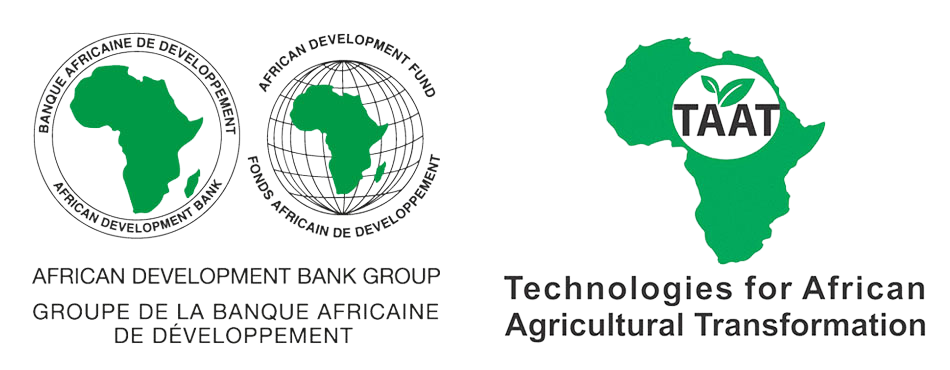The Small Ruminants Technology Toolkits
Sheep and goats are the other commodity value chains within the Livestock Compact led by the International Livestock Research Institute (ILRI) through multi-stakeholder actions in seven countries located in Central, East, Southern and West Africa.
Technology toolkits developed here address the need to intensify production practices that transition livestock rearing from subsistence to commercial operations. They are based upon proven technologies that can improve small livestock genetics, feed, health, production systems and marketing. Localized herd and flock improvement results from introducing improved animal breeds through community-based breeding.
While the benefits of open grazing are recognized, so too are the advantages of part-time containment in protective sheds and zerograzed fattening in the final stages of meat production. Designs of low-cost animal pens are available. These toolkits include a variety of feed systems that include improved pastures, cut and chopped fodder, preserved feeds and supplemental grain during fattening. Pasture improvement results from introduction of both forage grasses and legumes. Feed quality improvement also results from reliance upon dual-purpose crop cultivars with improved residue production and quality. Feed is preserved through hay and silage making advanced through use of mechanical choppers. Improved animal health results from vaccination campaigns relying upon thermostable PPR vaccines and greater access to veterinary services. Animals may be marketed as live animals to take advantage of their mobility or through affiliation with local slaughterhouses that certify and protect meat quality. Short-term fattening operations represent a viable value-addition option and may be conducted as a bridging enterprise between producers and market.
In some cases, value is added through the availability of shearing equipment for sheep and the grading and baling of wool. New processing options are available for hide curing and secondary leatherworks, and this offers an avenue for youth-led agribusiness development. Small livestock are often raised as a component within mixed farming systems and many opportunities exist for improved crop management through use and processing of manures and use of crop residues as forage and feed. The Livestock Compact recognizes that overgrazing has resulted in widespread land degradation, particularly in drylands, and guidelines for rangeland rehabilitation are available. In this way, this Compact is closely associated with food security and environmental protection in the Sahel, but also offers improved livelihood options across Africa

